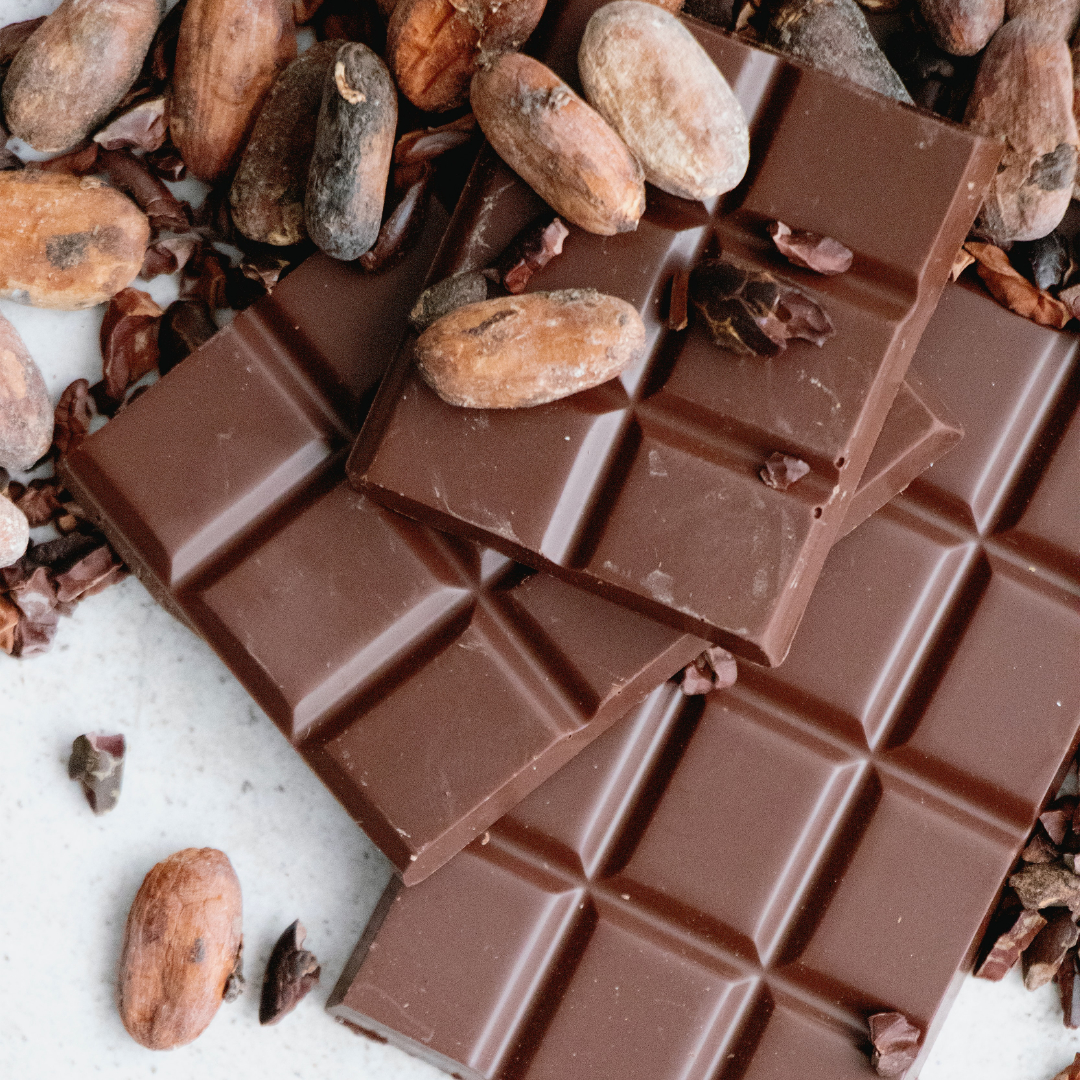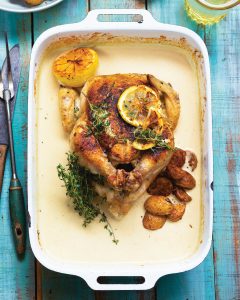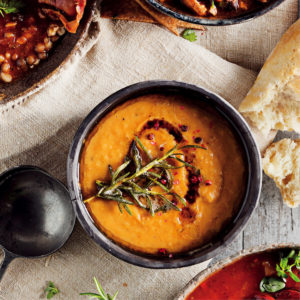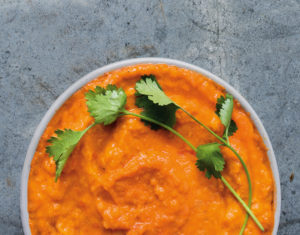With so many different variations available, there’s always a way to make the most out of chocolate
It’s Easter, the time of the year when shelves are brimming with all sorts of decadent treats and chocolate is always on the brain. As something that forms a part of life’s simple pleasures, chocolate is a complex ingredient. Since there are a number of different types and percentages out there, it can be quite daunting to figure out which chocolate is best for your bakes this Easter.
To understand chocolate better, we need to know where it comes from. It all starts with the cacao tree, or more specifically the seeds found inside the cacao pods. In a nutshell, the beans are fermented, dried, roasted and then ground to form chocolate liquor. Chocolate manufacturers process this with the addition of sugars and other ingredients, such as milk powder, lecithin and vanilla, to form the glorious bars we know and love. Naturally, it would then make sense that the quality of the chocolate liquor determines the chocolate’s taste and worth.
Cracking the code
The percentages on chocolate can be a little perplexing, but it’s easier to understand than you may think – these percentages simply indicate the amount of cocoa mass (the good stuff extracted from the cacao beans) that is present in the chocolate bar. For example, a 70% slab of chocolate, also known as bittersweet chocolate, contains 70% cocoa mass and 30% sugar and other ‘stuff’.
You may have also stumbled upon semi-sweet chocolate in some recipes – this has a 55% cocoa content. As a general rule of thumb, the higher the percentage of cocoa, the less sugar the bar will contain, and the more bitter or intense the chocolate will be. White-, milk- and dark chocolate contain different amounts of fat and sugar because of their different cocoa percentages. This means that they react, melt and reset differently, so are not easily interchangeable in recipes where chocolate is the star ingredient. When used as a mix-in, like in a chocolate-chip cookie recipe, then you can really go crazy with it!
Couverture or compound?
Couverture chocolate
Couverture chocolate, such as Lindt or bean-to-bar chocolate, has a velvety melt-in-your-mouth texture, glossy finish and snaps when broken into pieces. It’s a superior level of chocolate with the best flavour and quality. However, it can be a bit more temperamental than everyday ‘eating’ chocolate. This is because it requires tempering, a process where the chocolate is heated and cooled to specific temperatures, in order to achieve its sheen and snap. If incorrectly tempered, the chocolate can form a white residue on its surface known as ‘bloom’. Although unsightly, it’s absolutely safe to use. Tempering is only required when making moulded chocolates, truffles and other dipped candies, not for day-to-day baking.
Compound chocolate
This is the cheapest, lowest-quality chocolate one can get in terms of ‘chocolate purity’, although it’s still delicious and enjoyed by many. Remember when we were talking about that valuable chocolate liquor? In compound chocolate, the liquor
is replaced with cocoa powder and vegetable oil is used instead of cocoa butter. Along with higher levels of sugar and emulsifiers, the substitutions make the chocolate more affordable, but the lack of quality cacao mass gives it a dull appearance, soft texture and lack of a snap. Unlike couverture chocolate, compound chocolate doesn’t need tempering and can simply be melted and used straight away. An exception is chocolate chips, which have been specifically designed to hold their pointed shape when baked and not melt – bear this in mind when you’re planning your next chocolatey bake-a-thon.
Time to bake
So what chocolate should you actually be using? This is entirely up to you, your budget and the recipe that you’re preparing. Couverture chocolate will have the best flavour and is ideal to use in recipes where the chocolate flavour really shines (think chocolate mousse, chocolate fondant and ganache) –try to buy at least 55%. Although compound chocolate, like Cadbury’s Bournville, generally works really well for these kinds of recipes, too. Go for compound chocolates when baking foods with lots of other competing ingredients and flavours. Chunks of compound chocolate work better than couverture when mixed into batters and biscuits, as they hold their form better at higher temperatures.
Try it yourself
Magic shell for ice cream
Melt together 1 cup chopped chocolate with 2 tbsp coconut oil. Pour the cooled sauce over the ice cream and watch it miraculously harden into a crisp shell.
Easy chocolate truffles
Melt together ½ cup cream and 250 g finely chopped chocolate of choice. Cover and refrigerate until firm. Shape into balls and roll in chopped nuts, cocoa powder or chocolate sprinkles. Makes 12.
Words by Kirsty Buchanan
Hop into the Easter fun with this cute and playful Easter Bunny Cookie Stack dessert.




